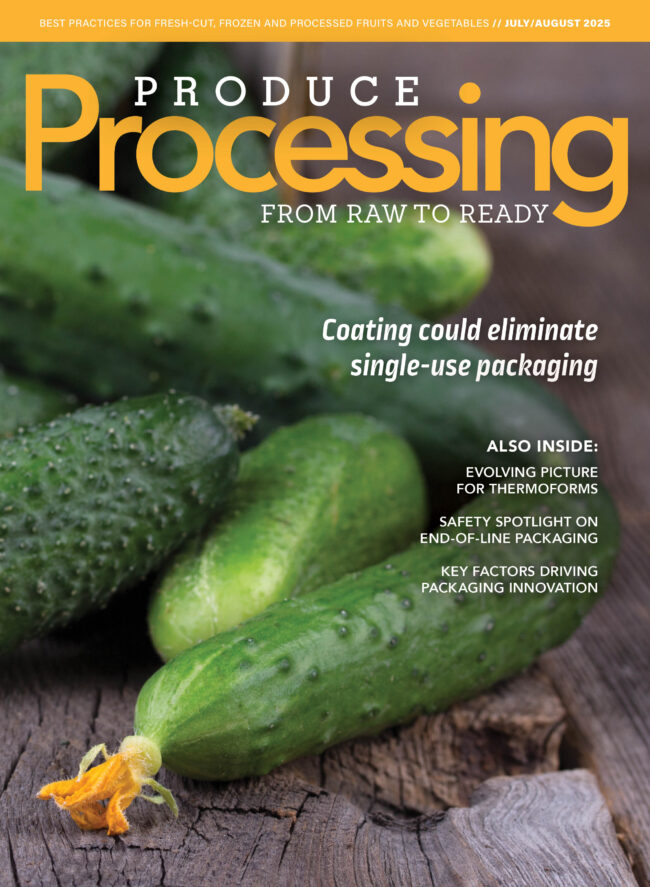Public can comment on USDA reorganization until Aug. 26
A public comment period to provide feedback on the UDSA’s reorganization plan is open until Aug. 26.
Stakeholders, including department employees, members of Congress and those with agricultural interests, can comment by emailing [email protected].
The comment period was announced Aug. 1 by USDA Secretary Brooke Rollins.
“We value your perspective as we work to ensure that USDA is best positioned to serve America’s farmers, ranchers, producers, and rural communities,” Rollins said in a statement on the USDA’s Food and Nutrition Service website.
The plan, which would shift more than half of the agency’s Washington, D.C. staff to five hubs around the country and close the main facility of the department’s Agricultural Research Service, drew scrutiny after its July 24 announcement.
Senate Agriculture Committee Chair John Boozman (R-Ark.) and Ranking Member Amy Klobuchar (D-Minn.) called for hearings on the plan, with Boozman telling Politico he was “disappointed” that Congress was not consulted before the announcement.
 On July 30, Deputy Agriculture Secretary Stephen Vaden, sworn in July 7, testified before the committee. He said the reorganization “right-sizes the USDA footprint, eliminates unnecessary management layers, consolidates redundant or duplicative functions, and, most importantly, allows USDA to deliver on its mission to the American people within the bounds of its available financial resources,” according to the online statement.
On July 30, Deputy Agriculture Secretary Stephen Vaden, sworn in July 7, testified before the committee. He said the reorganization “right-sizes the USDA footprint, eliminates unnecessary management layers, consolidates redundant or duplicative functions, and, most importantly, allows USDA to deliver on its mission to the American people within the bounds of its available financial resources,” according to the online statement.
The plan calls for closing several department buildings as well as the Beltsville Agricultural Research Center in Maryland. New hub locations would be established in Raleigh, North Carolina; Kansas City, Missouri; Indianapolis, Indiana; Fort Collins, Colorado; and Salt Lake City, Utah. USDA said the locations were chosen considering existing concentrations of USDA employees and lower costs of living.
Vaden said the changes would bring the agency’s employees — many of whom he claimed were working remotely — closer to farmers and other department constituencies, according to The Hill. He said the consolidations, combined with a recent voluntary retirement program that saw a reduction of more than 15,000 employees, could save the federal government as much as $4 billion.
“The department currently has approximately 4,600 employees within the National Capital Region (NCR). This Region has one of the highest costs of living in the country, with a federal salary locality rate of 33.94%,” according to a USDA statement. “In selecting its hub locations, USDA considered where existing concentrations of USDA employees are located and factored in the cost of living. Washington, D.C. will still hold functions for every mission area of USDA at the conclusion of this reorganization, but USDA expects no more than 2,000 employees will remain in the NCR.”
Rollins said the reorganization plan aims to realign the department with its core mission of supporting American agriculture and to reduce a “bloated, expensive, and unsustainable organization.”
“We will do so through a transparent and common-sense process that preserves USDA’s critical health and public safety services the American public relies on,” Rollins said.
The National Potato Council said in a statement that it will closely monitor the reorganization implementation and its potential effects on USDA programs and services that support the U.S. potato industry.










